- info@naturebylennart.com

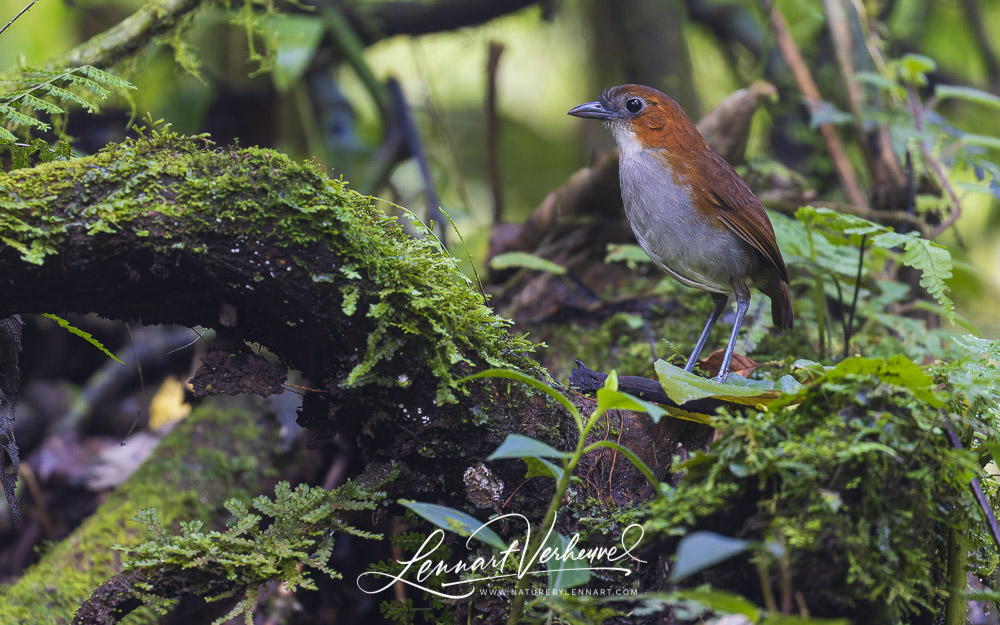
Antpittas are often described in field guides as a ‘plump ball on sticks’ which is an accurate description. Antpittas have in common that they are indeed like little featherballs on two legs that can sit very still. As a result, antpittas are also difficult to find and it is quite an achievement if you as a birdwatcher manage to pull one out of the forest. Some antpittas are known for not being so difficult to find, but some are so reclusive that they have never even been photographed in the wild. The frustrating thing can be that many antpittas often do make themselves heard. Just so you know they are there, but you don’t get to see them! However it is well worth the effort to try to find them because despite their similar form they can have very different plumages with beautiful patterns and colours. During my trip to Ecuador in 2021 I became acquainted with this species group.
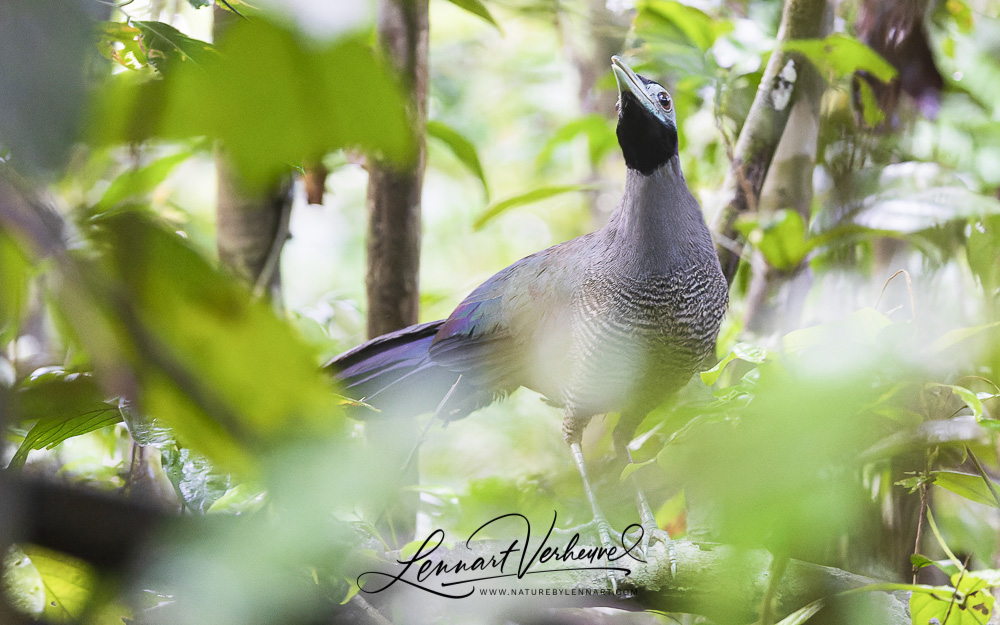
My time in Borneo, like many of my trips, was focused on seeing certain cats. Of course I don’t ignore birds on such a trip, but I try to see as many as possible. It had already been an excellent trip since I saw the special endemic Bristlehead, but I was also successful in seeing all hornbills, definitely one of my favourite birdfamilies on the planet. Now I am at the Kinabatang river and the goal is to get a Bornean Ground Cuckoo. This is an extremely elusive bird of the rainforest that you don’t get to hear that often and see it even less. So a real challenge!
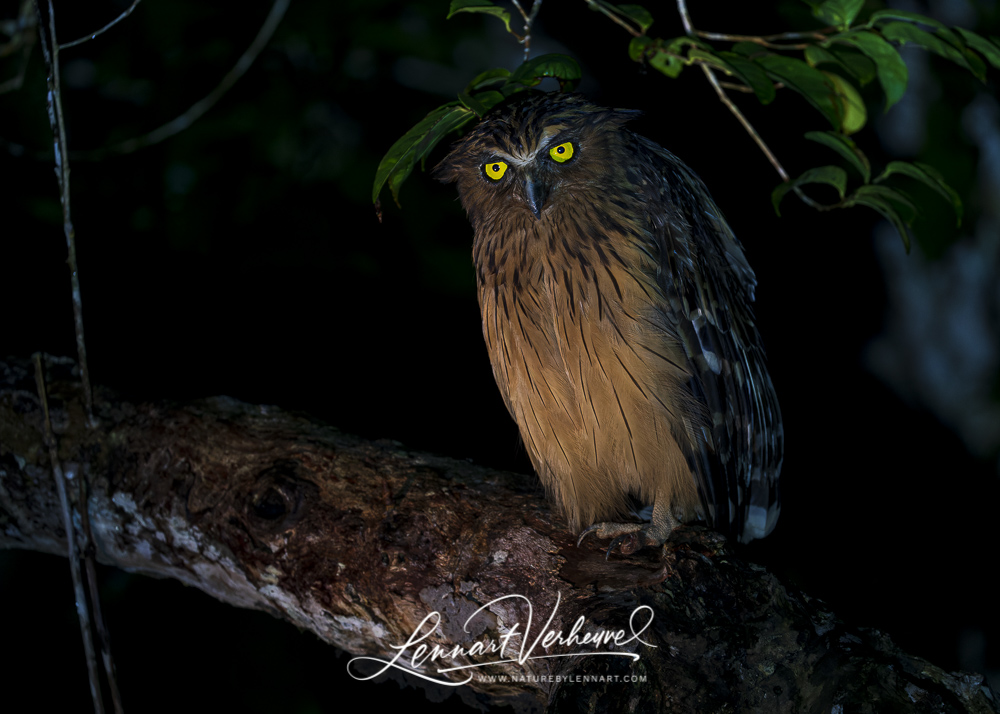
If you go looking for mammals at night, there are certain birds that you can also encounter: owls! Owls are never very easy to see, but if you put in a lot of hours, something always works out. I managed to capture five species really nice. Of the sixth: a Northern Boobook I didn’t get a good picture. Fortunately, we succeeded in seeing the most impressive species: a Barred Eagle Owl!
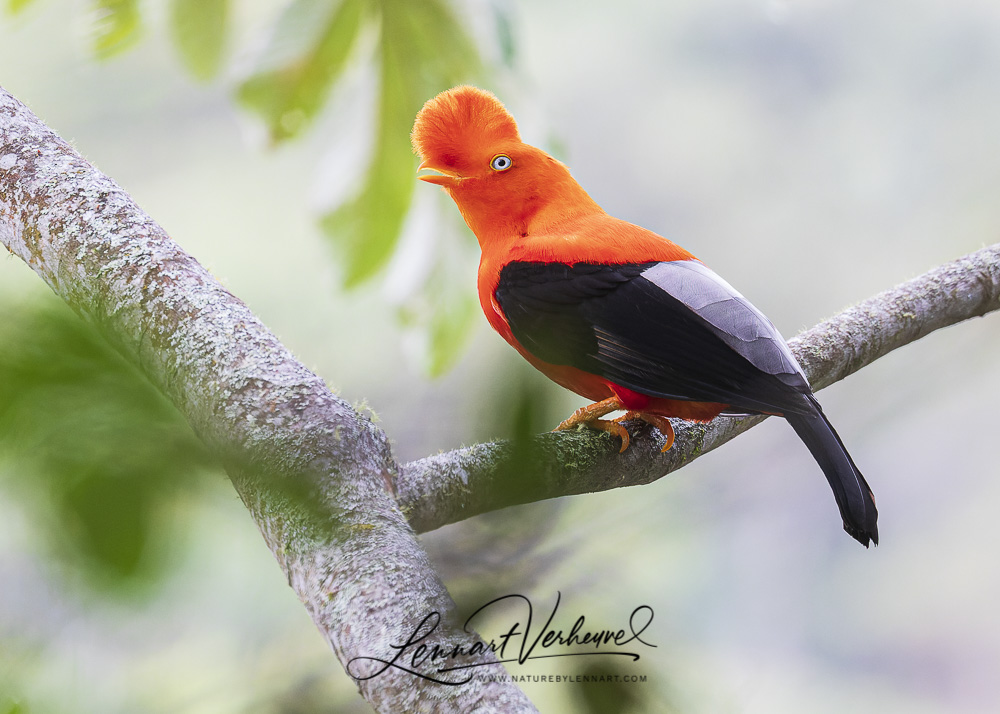
After about three months of travelling the end of my stay in South-America was near. After three weeks in the Amazon the plan was to spend another week in the Peruvian Andes and after that I would take a flight home. A visit to the Peruvian Andes of course also meant a visit to thé touristhotspot in South-America: Macchu Picchu!
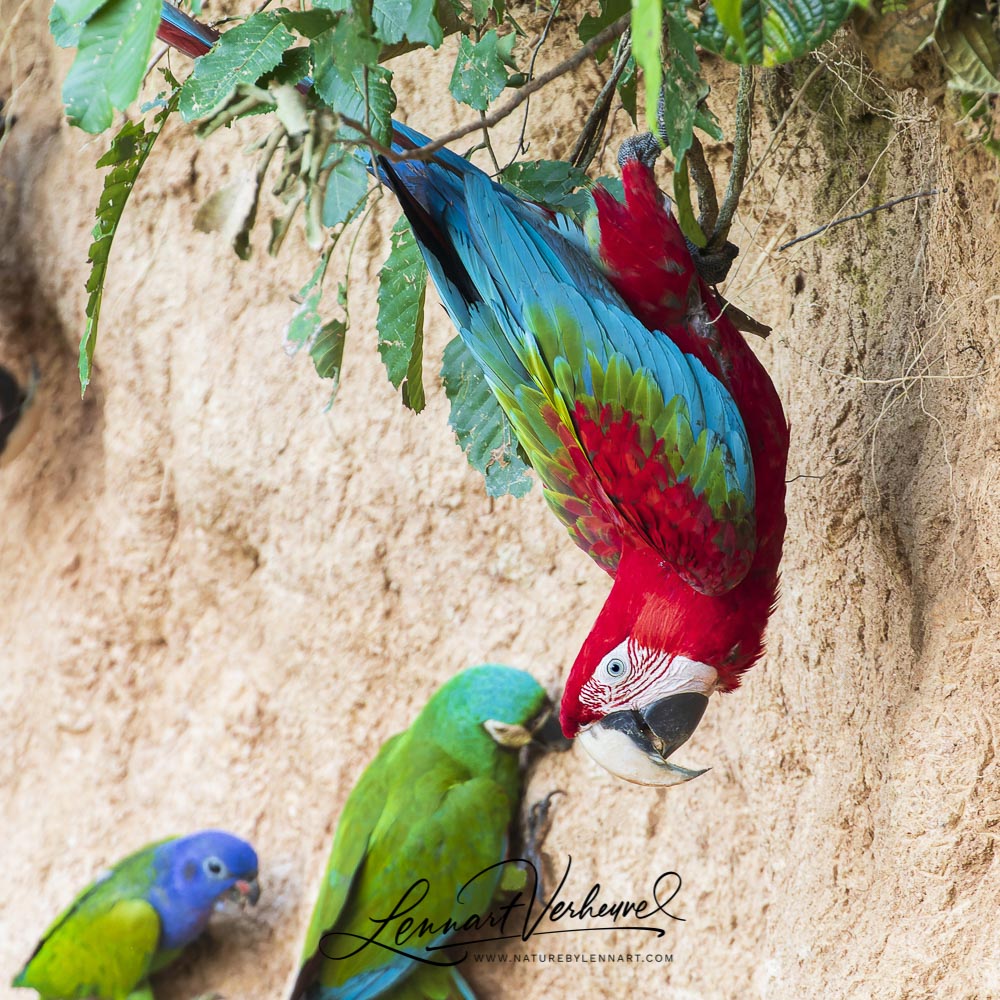
Photographers that go abroad often return with nice pictures of the most beautifully coloured birds. This might give the impression that in those countries it must be a lot easier to take pictures and all the birds are patiently waiting for you. However often it takes quite a bit of effort to get that shot of a parrot or parakeet! Of course in one place it can be easier than in another. In Tambopata I walked around for three weeks, but in those weeks I actually barely got the opportunity to really get a good shot of a parrot or parakeet. Of course sometimes I got a nice flight shot, but trying to approach a perched macaw proved difficult! Fortunately there were still ways to get close: a clay lick offered great opportunities.
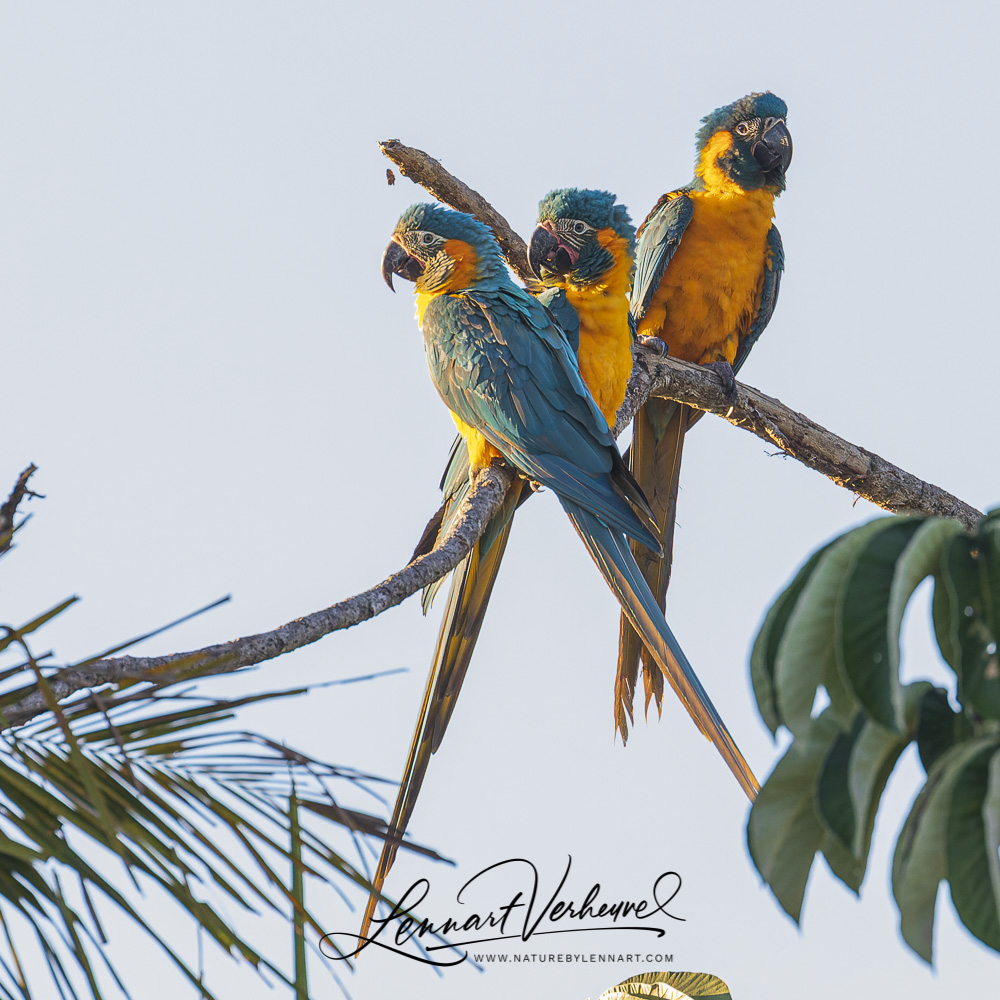
In my South-America trip I still had to fill in a gap of two weeks. The plan was to travel first for four weeks in Chile. I had arranged to visit a language school in Cusco, Peru, two weeks after that. So it would make a lot of sense for me to travel through Bolivia: new country, new experiences and new animals! Only I didn’t really have a clue of what I would be doing. Three weeks before I was heading off to Chile I stumbled upon the webpage of Asociación Armonía, the Bolivian version of BirdLife. The page about Barba Azul Nature Reserve looked very interesting and I noticed there was also a possibility to stay there working as a volunteer. I was supposed to get in touch with Tjalle Boorsma, which is a very Dutch name! So I just sent an email to Tjalle in Dutch and also received a reply in Dutch. Fortunately it was possible for me to stay there as a volunteer. So after Chile it was on to Bolivia!
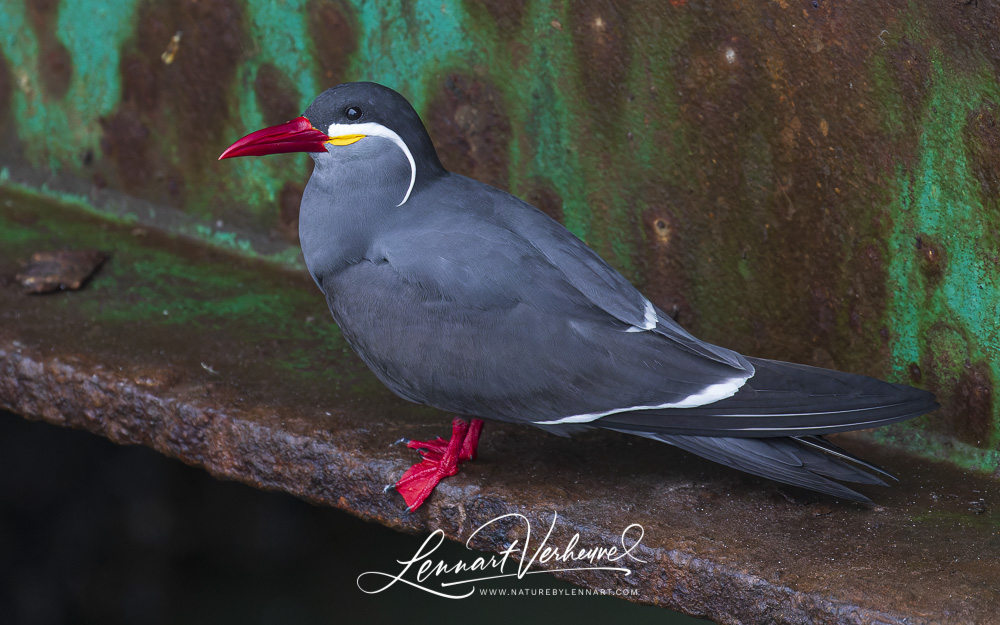
The Inca Tern is a unique South-American bird species that I really wanted to see. A gray tern with a red bill and with two white plumes on either side of the head that makes it look like it has a moustache. In the end I was only successful in one place: the harbour of the town Arica all the way in the north of Chile at the coast. That was sufficient though! The harbour was a nice place to visit anyway with pelicans, night herons and sea lions battling for the available fish.
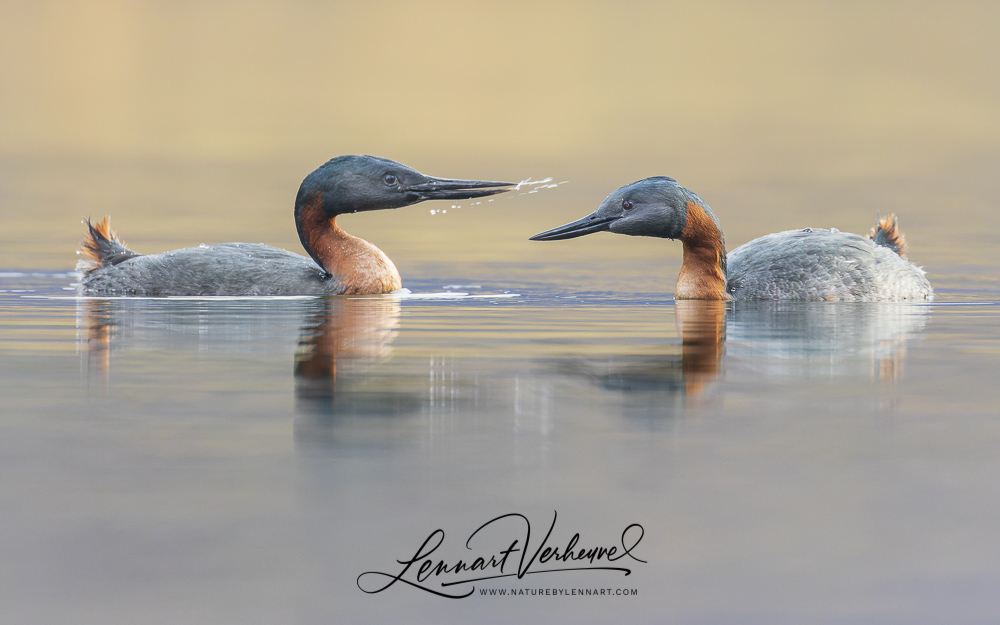
The main purpose of my visit to Patagonia was seeing puma’s. That worked out fine, but of course I always do my best to see birds as well. Patagonia has some really cool specialties like Magellanic plover and Magellanic woodpecker. This blog however does not concern these species because I couldn’t find them… Luckily there were other interesting birds, I will show a selection of my photo’s of them below.
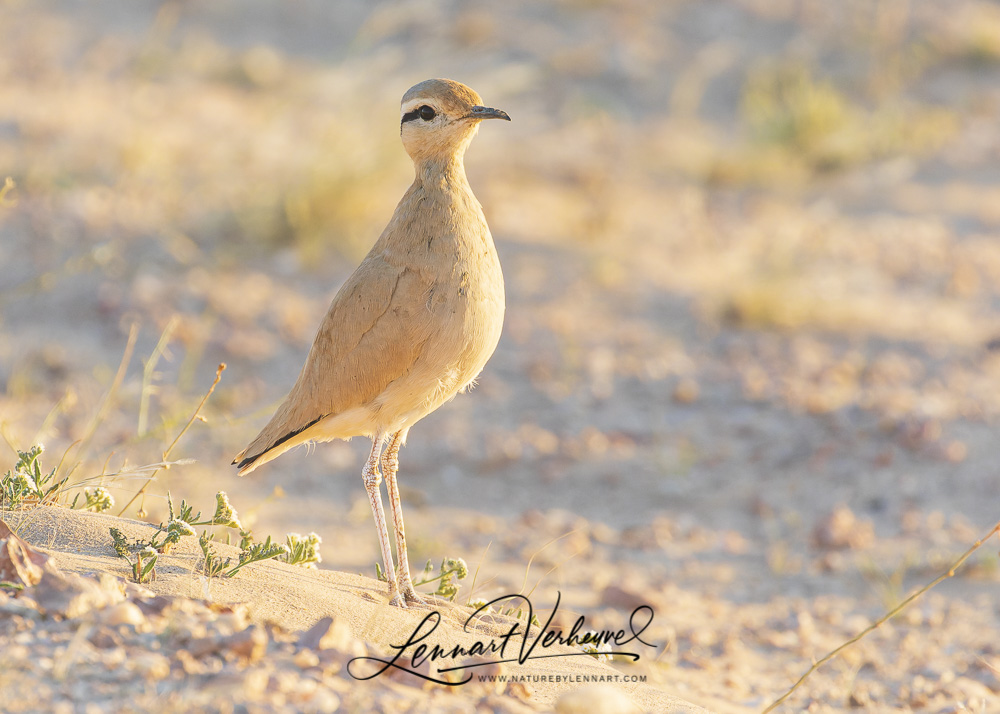
A little while ago I was in the Western Sahara looking for a new cat species: Sand Cat! Although searching for the cat mostly meants going out at night, naturally we also went out during the day. That gave us the opportunity to see some nice birds as well. There aren’t a lot of birds in the Sahara but the birds that do live here are top notch!

Although the average Dutch garden does contain much birds then one might initially think, the African garden is something else. Here no Blackbirds or Finches but very different birds. In some ways the basis stays the same, they also have doves here, but there is al lot of stuff on top of that.